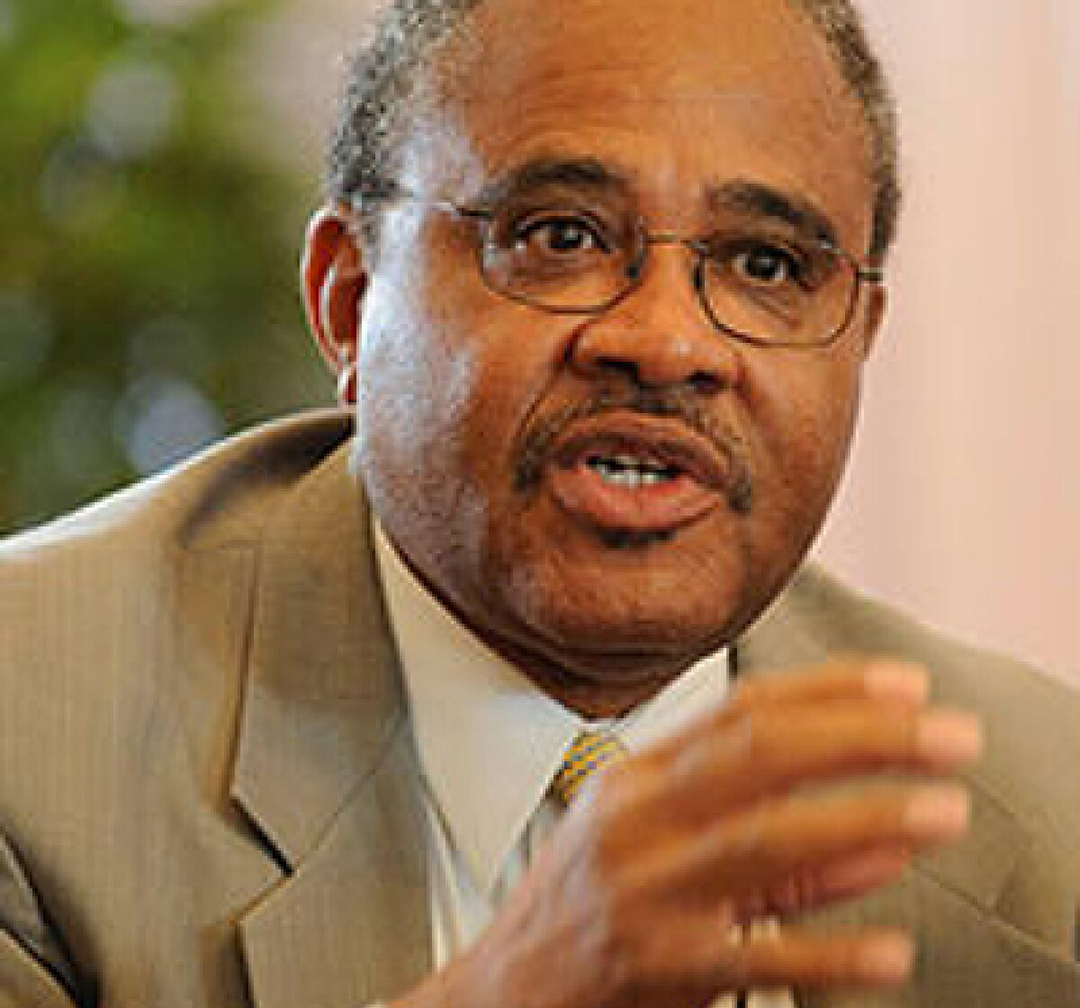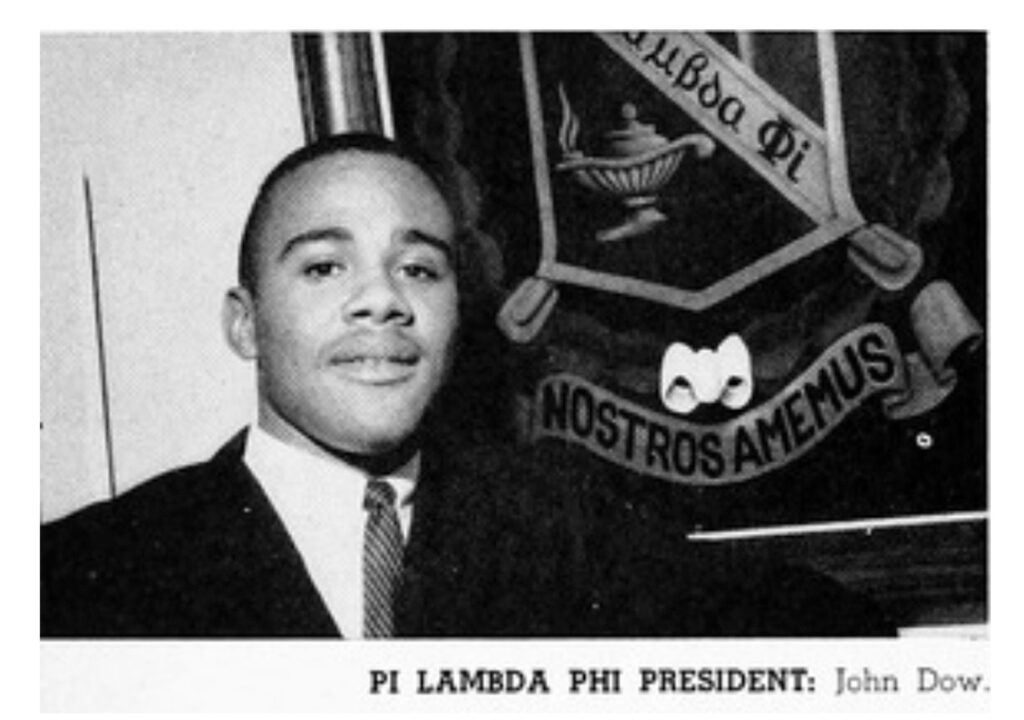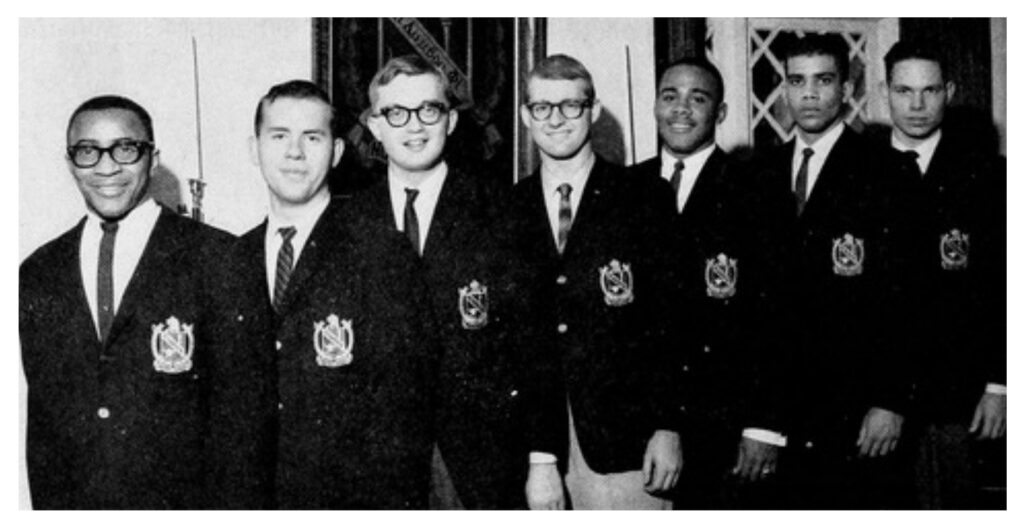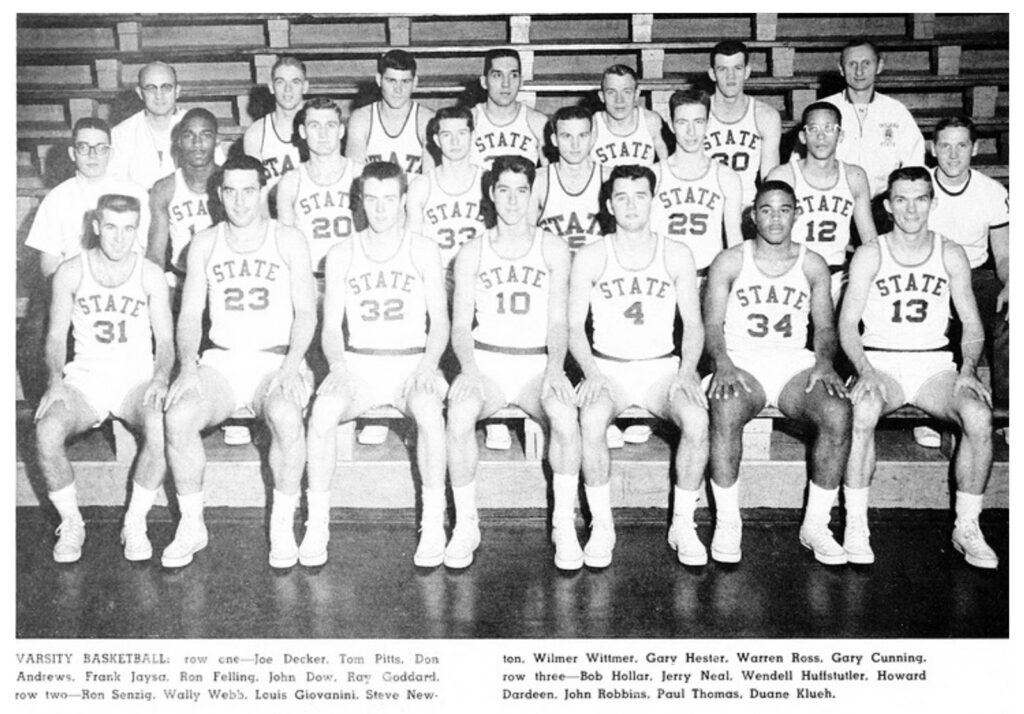
John Dow – Leader, educator and Special Olympics champion
In an era of segregation, John Dow ’63 (Indiana State) found an oasis of opportunity and acceptance at Pilam, an integrated fraternity who would elect him to be their president. He said, “the leadership skills that I experienced being involved with, and eventually leading an interracial organization bode well for me.”
The journey from Mississippi to Indiana
John grew up in the south and went to segregated schools. His elementary school had two rooms and as many teachers. He recalled, “I attended elementary school and junior high in Mississippi at all-black schools. I learned how to read from the Sears Roebuck catalog.”
His mother lived in Indiana where he would spend his summers, and he took the opportunity to move north to attend high school. It was the first time he interacted with white classmates.
John was introduced to the melting pot in high school. He said, “I moved to East Chicago and went to an integrated, multi-cultural high school with Hispanic, black, and white immigrants, because of the steel mills in that area.”
Basketball provided an opportunity at Indiana State
Offered a basketball scholarship, John went to Indiana State. Though basketball was a means to an end, it wasn’t his passion. He said. “basketball was always a job for me.” He was fortunate that he didn’t experience discrimination in his sport, saying, “I was lucky enough to have some progressive athletes on my team.”
Joining a fraternity of inclusion
John was curious about fraternities, but his choices were limited due to their restrictive policies. He said, “Most African-American men in the early days were joining all-Black fraternities. We didn’t have that on campus but we had Pi Lambda Phi, which was an integrated fraternity. So, I went to see what it was all about.”
John liked that Pilam was a fraternity that was multiracial with people from all across the country. “By joining the fraternity, I was able to able to interact with the entire student body at Indiana State University.”
He also quipped that, “Pilam had a fraternity house that was off campus, so I didn’t have live in that damn dorm.”
He said, “I never had a fear of not being able to fit in, and I always tried to think rationally about the future. I knew I wouldn’t be living in an exclusively ‘Black world.’ I wanted to interact with all races.”
How Pilam “gave back” to him
John gave a lot of credit to his brothers who, “focused on issues and took a lot heat from their white counterparts.” Southern Indiana was a hot bed for the Ku Klux Klan, and many students were from there. His Pilam brothers stood up for their beliefs, even when they were confronted by some white students.
He said of the brotherhood, “I was most impressed with some of the discussions we had about race and commitment. It taught me early on that young people’s objectivity is astonishing if they haven’t been tainted early in life.”
John was well liked and respected by his brothers, and he expressed his appreciation for their support, “I was shown one of the great honors from my fraternity brothers with a majority of white members. They selected me as the president of the fraternity. I must say that did a great deal to help mold my leadership skills that contributed greatly to my career opportunities over the past 50 years.”
Educator and key figure in expanding the Special Olympics
John began his career as a teacher, principal, director of middle schools, assistant superintendent, and ultimately superintendent of the first district he went to in Grand Rapids, Michigan. Then he was offered an opportunity in New Haven, Connecticut to become the superintendent.
There he met a student who was the son of the Special Olympics founder. He said, “I was very impressed by the things he was doing, so I hired him. And we started a Special Olympics program at the school system. We made it part of our program.”
After nine years as Superintendent of the New Haven Ct. Public Schools, John was appointed as the President of the National Academy Foundation in New York City and served in that position for five years. Soon after, John retired, moved to Florida and played golf every day for five years. He said, “finally I decided, I’ve got to do something else.”
Tim Shriver, the student he had met as superintendent, had taken over the Special Olympics and invited him to come back. John humbly stated, “I went to help the organization go global and 20 years years later I’m still stumbling around.”
Under his leadership, the Special Olympics expanded to nations and people of all races and all creeds, and they responded. He said, “we did a lot of great work. The Special Olympics is an athlete led and volunteer driven organization. Most people do it for the love of humanity. We wanted to move the program closer to people, so we put staff in every region to support the cause.”
Over the years the Special Olympics expanded from 700,000 to almost 7 million athletes around the world.
John is still working for the Special Olympics as the Chief, Regional & Program Operations. He and his wife, Gloria reside in Los Angeles, California. They have three grown children.





